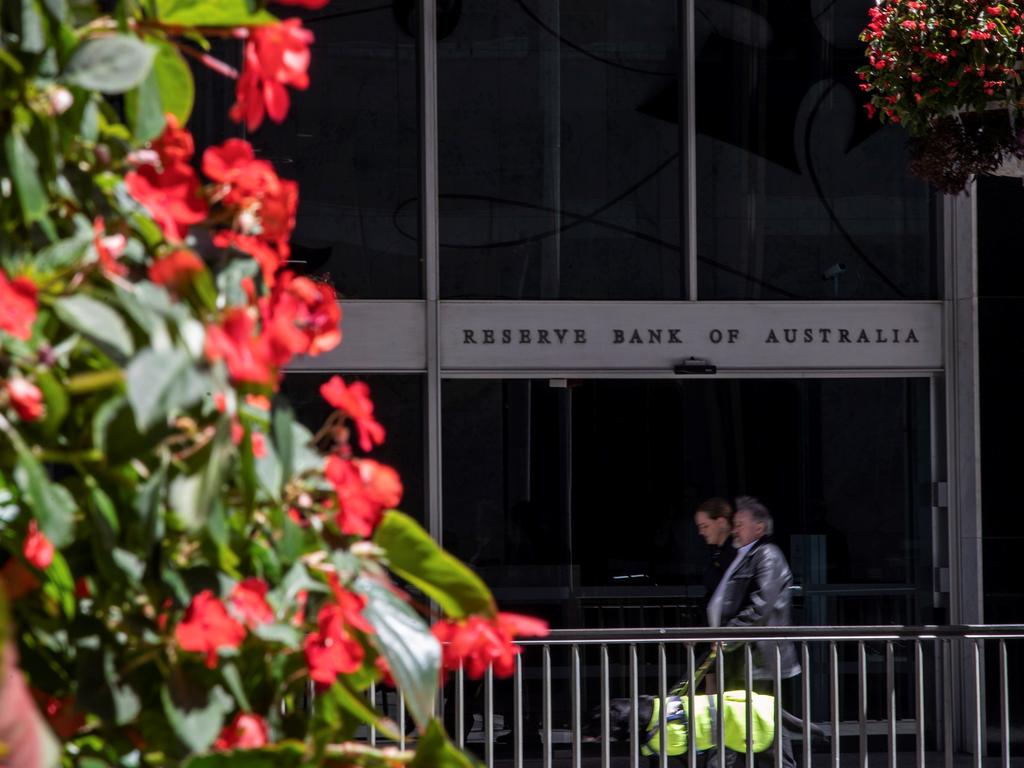RBA Review: The limits to monetary policy
When shocks arrive, such as the GFC or Covid, the basic mistake is to expect too much of monetary policy.

A review of the Reserve Bank became inevitable because of the perceived shortcomings of the bank following Covid.
The review panel has recommended retention of the two key elements of the existing inflation-targeting framework: a flexible 2-3 per cent objective and RBA independence.
The panel proposes opening the decision-making process to a wider group of outsiders with specialised knowledge. This is likely to make the RBA governor’s role more challenging – to weld this diversity of advice into policy appropriate for the realities of monetary policy. But it is workable, provided the RBA has a strong and smart governor.
New Zealand pioneered inflation targeting, but when the RBA adopted the practice in the early 1990s, it modified the rigid focus of the RBNZ, implementing flexible inflation targeting which gave the bank flexibility to achieve the 2-3 per cent target over time, without crunching employment and growth. This became the best-practice framework adopted by most central banks, including New Zealand.
The lesson that might be taken from the three decades of global FIT (flexible inflation targeting) is that the framework does a good job at getting high inflation down and keeping it down in normal circumstances.
FIT does less well, however, when the environment is intrinsically deflationary, as it was globally in the decade following the 2008 GFC. Crisis-damaged balance sheets and budget austerity combined to produce a lacklustre recovery just about everywhere. In Australia, the resources boom which had supercharged the economy until 2012 came to a sudden stop. In this lacklustre environment, lower interest rates had little direct effect on economic activity. Lowering interest rates in these circumstances is like “pushing on a string”, as the US Fed chair noted in the midst of the 1930s Depression. But for investors, house-buyers and speculators, low interest rates drive up asset prices and encourage over-borrowing and risk-taking.
When the policy rate gets down to around zero in inflation-adjusted terms (as it did in Australia in the post-GFC decade), it is time for the central bank to say that its interest-rate instrument is still working powerfully, but that still-larger doses of low-interest-rate medicine will harm the patient, rather than help. The central bank should not go on mechanically lowering interest rates in the futile hope of stimulating inflation. If more stimulus is required, the task falls to fiscal policy.
So, what does the review have to say about fiscal policy? There were many words about the need for co-ordination to ensure that the two arms of policy are pushing in the same direction. There was, however, no discussion of the contractionary stance of fiscal austerity during the five years of feeble recovery after the GFC. Nor was there any discussion of the role of fiscal policy in the Covid period, where it provided the main boost to expenditures, which might have been unwound faster when this excess demand set off inflation in 2021.
The two episodes demonstrate the power of fiscal policy, with fiscal austerity unhelpfully dampening the lacklustre post-GFC recovery, and equally effectively over-stimulating demand in the post-Covid period. The long-time received wisdom that fiscal activism has no role in the cycle (with fiscal policy confined to the automatic stabilisers) needs reassessment. Treasury policy-making performance was let off the hook in the review.
The deeper lesson, not articulated in the review, is that monetary policy is not all-powerful in controlling inflation or economic activity. Former US Fed governor Bernanke overreached with zero interest rates and unconventional policies in the decade after the 2008 GFC. Global financial integration forced other countries, including Australia, into a similarly inappropriate policy stance.
The inflation-targeting framework encouraged policy to go on lowering interest rates while ever inflation was below target. Zero interest rates distorted the financial sector and when the shock of Covid arrived, balance sheets and borrowers were poorly placed to adapt to the need to return quickly to normal interest rates.
When shocks arrive (GFC, Covid) the basic mistake is to expect too much of monetary policy. Future policymakers should accept the limits of their influence, avoiding extreme policy settings and unconventional measures. Commentators, too, should understand these limitations. The fiscal authorities should note the power of fiscal policy, demonstrated after the GFC and Covid.
The key element to good monetary policy lies beyond the remit of the panel. It is to have a governor who is well-versed in the practical experience of monetary policy, with the ability to work with the government of the day while retaining decision-independence. Moreover, the governor should be smart and self-confident enough to distil sensible policy out of the cacophony of diverse opinion being offered. This policy should not be a compromised consensus embodying an amalgam of all views, but should be based on real-world experience and common sense.
Stephen Grenville was deputy governor at the Reserve Bank and is a non-resident fellow at the Lowy Institute.






To join the conversation, please log in. Don't have an account? Register
Join the conversation, you are commenting as Logout